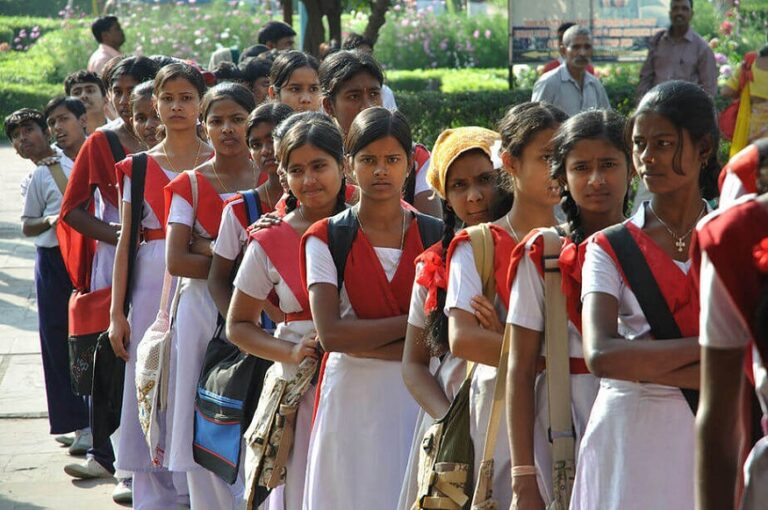The consequences of hiring any wrong person can be monumental. Its after-effects ripple in financial, cultural, and operational manifestations in any enterprise. According to Charles Spinelli, Although the most apparent expense may seem like the salary and benefits incurred – for an under-performing employee, the real cost of a bad hire goes much deeper.
A poor hiring decision can set off a chain reaction, causing lower productivity, team conflicts, higher employee turnover, and damage to the company’s reputation. However, with suitable strategies in place, human resources (HR) can be at the forefront of stopping the errors of costly hiring.
The True Financial Impact
Research has repeatedly established that financial losses from hiring mistakes can vary from several thousand to tens of thousands of dollars based on the position involved. The U. S.
This figure encompasses direct expenses from recruiting, on-boarding, and training alongside indirect costs that include lost productivity, damaged client relationships, time spent managing performance issues, or terminating and replacing the employee.
Cultural and Team Disruption
The wrong hire creates disturbances beyond numbers. A bad hire can affect team dynamics, fuel conflict, and bring down workplace morale. When staff have to compensate for a colleague who is failing to perform or does not integrate into the culture well, frustrations set in, and burnouts follow, leading to turnover as per Charles Spinelli.
The organizational culture takes months, if not years, to rebuild after it gets disturbed. Trust, collaboration, and employee engagement may have to pay the cost of a poor hiring decision.
HR’s Role in Prevention
HR is a key player in preventing bad hires by employing strict hiring procedures. The hiring process should involve crafting a clear and precise job description that reflects the responsibilities of the role and organizational objectives. Incongruent expectations are a primary cause of hiring mismatches.
Careful screening procedures, including behavioral interviews, skills tests, and reference verification, assess a candidate’s competencies, culture fit, and performance history. Using standardized interview protocols and engaging multiple stakeholders in decision-making can minimize bias and enhance accuracy in candidate evaluation.
Pre-employment testing—in the form of personality tests or cognitive ability tests—can provide further insight into a candidate’s potential performance and fit with team dynamics.
Emphasizing On-boarding and Retention
Even the most highly qualified hire may have to struggle due to improper on-boarding and integration. Hence, it’s the major role of HR to ensure that new hires are put on the path to success through robust, all-inclusive on-boarding programs complemented by regular check-ins and performance feedback within the critical first 90 days.
Moreover, continued support, development opportunities, and clear career paths improve employee retention and can further lower the chances of unintended early turnover, which is another hidden cost associated with hiring mistakes.
The real cost of a bad hire goes well beyond just recruitment fees and salary. Here comes the role of HR by being proactive and strategic to cut down such risks and contribute to hiring top talents.




















+ There are no comments
Add yours